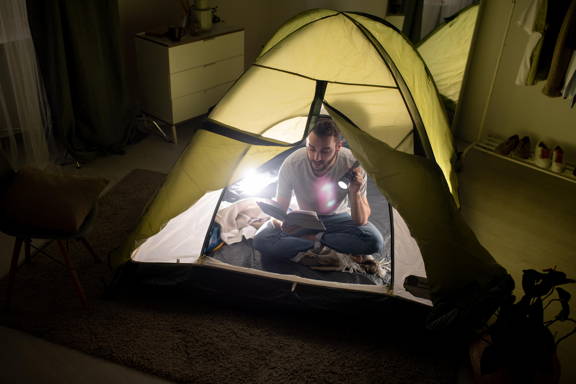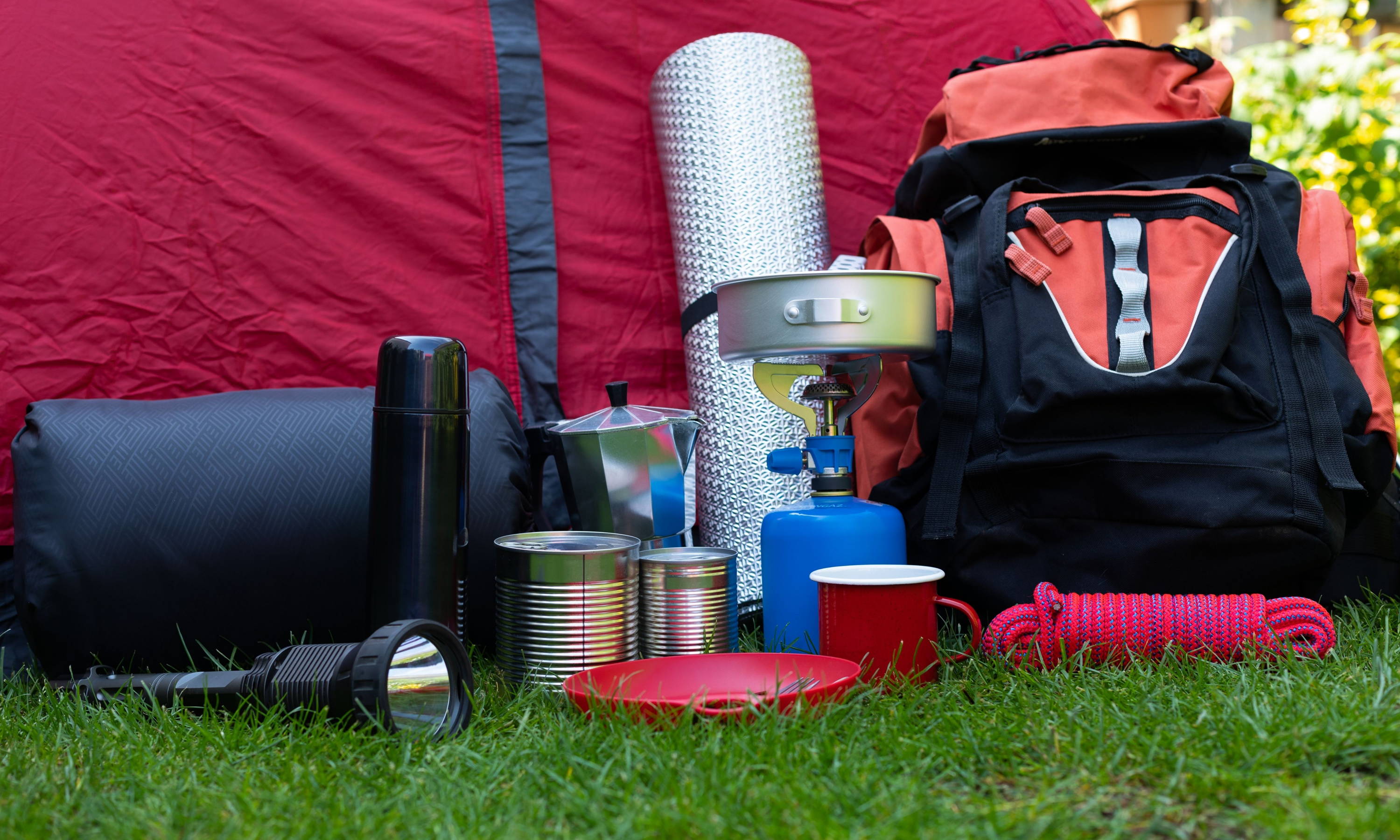How to choose the best lights for camping
The most advanced outdoor illuminating technology was introduced by NASA in about mid-1970s with the Xenon-arc lights (12.57 Million Lumens), while weighing only about 7 lbs . Nonetheless, the aim to lit a camping site should be based on genuine need.

"The question of HOW TO CHOOSE A CAMP FLASHLIGHT revolves around purpose of illumination that is somehow linked with most of the geographical factors like weather, temperature, daylight-hours and type of terrain etc. "
Leo
"The question of HOW TO CHOOSE A CAMP FLASHLIGHT revolves around purpose of illumination that is somehow linked with most of the geographical factors like weather, temperature, daylight-hours and type of terrain etc. "
Lily
If you follow these FOUR tips, you will never be embarrassed out in the field / camping area.
4 tips for choosing the best camping lights

Ultrafire flashlights would allow the following:
● Strongest portable beam.
● A measured control on intensity/range.
● Install at a point to assume some camping chores.
● SOS Strobe / Distress Signaling.
Related Products
















